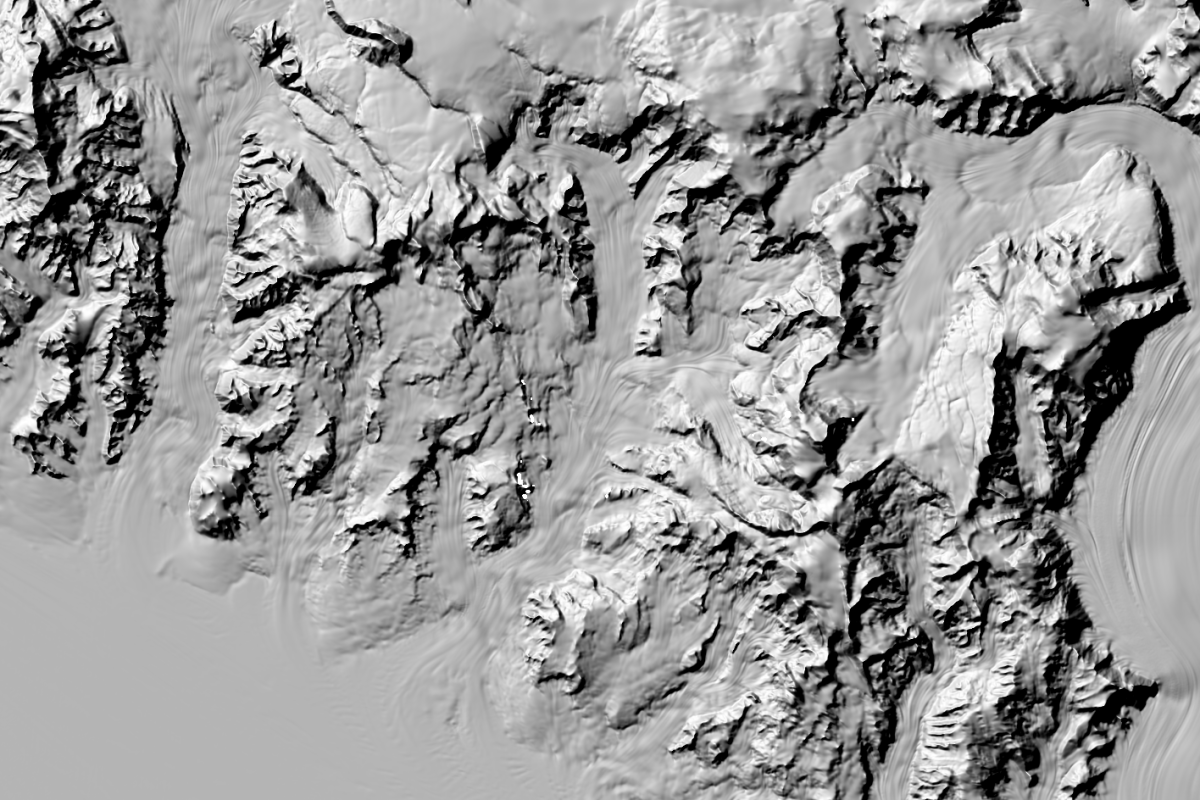High-res maps of entire polar regions provide new clues for climate researchers

Credit: Polar Geospatial Center at the University of Minnesota from satellites owned by Maxar and licensed by the National Geospatial-Intelligence Agency.
Four more years of stunning images of polar regions are publicly available
MINNEAPOLIS / ST. PAUL (10/25/2022) — A team of researchers led by the University of Minnesota Twin Cities has released four more years of high-resolution imagery data, which has been added to eight years of previous data, to create the most detailed polar region terrain maps ever created. The maps use high-resolution satellite data to show the polar regions in stunning detail and will provide new insights into the effects of climate change over time.
The researchers have partnered with Amazon Web Services to make the high-resolution imagery data publicly available in the cloud for free.
“Our previous data resulted in more than 300 scientific publications,” said Claire Porter, acting co-director of the National Science Foundation-funded Polar Geospatial Center at the University of Minnesota Twin Cities. “With four more years of data that is even more accessible, these are transformative data sets. We’re excited to see what scientists will discover about how our Earth is changing.”
The project began with images taken from a constellation of polar-orbiting satellites about 400-700 kilometers above the Earth. The researchers at the Polar Geospatial Center created the digital elevation models based on 50-centimeter resolution images captured by the commercial satellites owned by Maxar and licensed by the National Geospatial-Intelligence Agency.
Partners at The Ohio State University and Ohio Supercomputer Center developed the software to process the images and University of Minnesota researchers put the maps together with computing resources from the University of Illinois Urbana-Champaign that provided the Blue Waters supercomputer, a leadership-class academic supercomputer. The researchers processed millions of images to create the high-resolution topographic maps.
With the newest data set they were able to fill in all the previous gaps in data to provide full coverage of the entire polar regions north of 60⁰N (including most of Scandinavia, Greenland, northern Canada, Alaska, and Siberia) and south of 60⁰S (including all of Antarctica). They also built a continent-wide seamless terrain map in the Antarctic, and plan to release an Arctic version this winter.
The polar regions are especially important because the effects of climate change are amplified at the poles. Using these digital elevation models, scientists can see detailed topography of the land, including individual trees, lakes, roads and buildings.
“In the past, researchers collected data using expensive airplane or land exploration at limited times of the year. Now, we are measuring the surface of the Earth at a resolution and geographic scale that no one has ever seen before, and we’ve been doing it for more than a decade,” Porter said.
“We’ve been able to see glacier change, erosion, landslides, and flooding—all in incredible detail over time,” Porter added. “That’s a game changer for everyone who is trying to protect our planet for the future.”
The Polar Geospatial Center (PGC) is a polar science and logistics support organization at the University of Minnesota with core funding provided by the National Science Foundation’s (NSF) Office of Polar Programs (OPP). Founded in 2007, the Polar Geospatial Center (PGC) at the University of Minnesota provides geospatial support, mapping, and GIS/remote sensing solutions to researchers and logistics groups in the polar science community.
